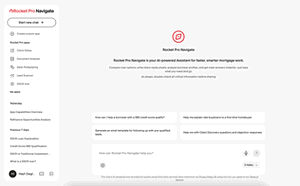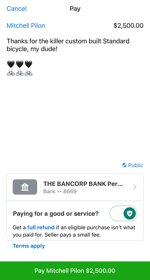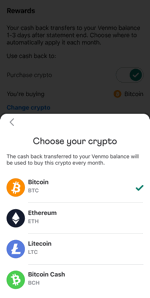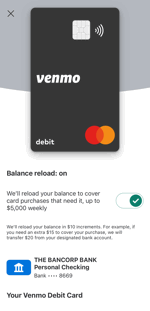Rocket Pro Navigate

Rocket Pro Navigate is a mortgage-specific large language model platform integrated into the Rocket Pro portal for mortgage brokers. The platform features an AI-powered sales coach for role play and objection handling, a Lead Scanner that analyzes client and prospect lists to identify refinance opportunities, a Document Analyzer to generate client-ready explanations, and many other tools for our mortgage partners.
This was the first product I worked on at Rocket Mortgage. I designed APIs and database schemas, added safeguards to address security vulnerabilities, and architected the application to be multi-tenant in order to support Rocket's broker partner network.










